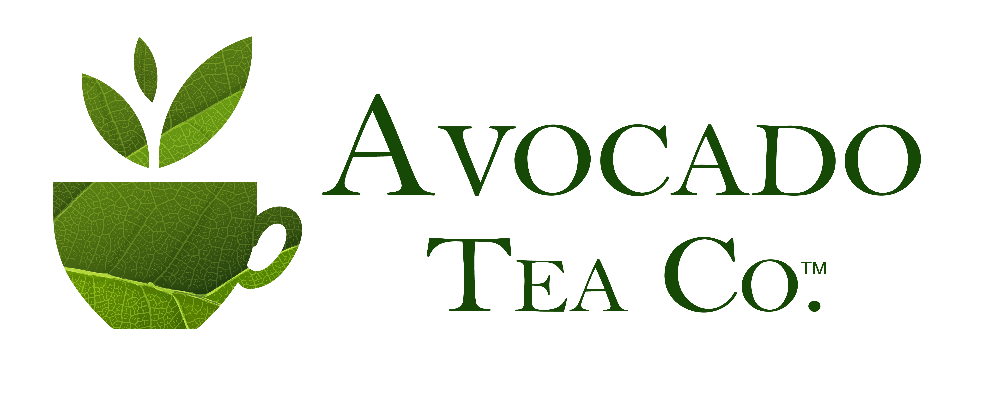🌿 Giving New Life to What Others Throw Away
Avocado trees grow about a foot a year and must be trimmed twice annually to stay healthy. In groves that only harvest the fruit, these trimmings — especially the leaves — are typically discarded as waste.
At Avocado Leaf Tea, we do things differently. We harvest and transform these otherwise wasted leaves into our signature, award-winning tea blends. By doing so, we help reduce landfill waste and create a delicious, eco-friendly product you can feel good about drinking.
♻️ Why Upcycling Matters
According to the U.S. Environmental Protection Agency, the average American produces nearly 2,150 pounds of trash per year — that’s roughly 215 trash bags per person!
While recycling is important, it often involves energy-intensive processes that break materials down for reuse — known as “downcycling.” Upcycling, on the other hand, is a creative reuse process that transforms waste materials directly into new products of higher value — without breaking them down.
That means no new waste, no pollution, and no extra energy required. It’s sustainability at its smartest.
🌎 Upcycling on a Global Scale
Upcycling is quickly gaining traction in multiple industries. From fashion brands like Patagonia, Levi’s, and H&M launching resale and repair programs to food companies like Outcast: Upcycled Nutrition and Swisse Wellness repurposing unused produce — the upcycling movement is transforming the way we think about consumption.
Research also shows that upcycling helps create new jobs, reduce material waste, and promote eco-conscious consumer behavior. And with younger generations prioritizing sustainability, it’s clear that upcycling isn’t just a trend — it’s the future.
🍃 Our Role in Sustainable Change
At Avocado Leaf Tea, upcycling isn’t an afterthought — it’s our foundation. Every leaf we use comes from trees already being pruned for fruit, meaning no additional land, water, or fertilizer is required.
By using what others throw away, we:
-
Reduce agricultural waste
-
Cut landfill volume
-
Preserve natural resources
-
Create a zero-waste product cycle
We’re proud to say that every cup of Avocado Leaf Tea helps protect the planet — one leaf at a time.
🔨 Upcycling at Home: Turning Waste into Wonder
Want to try upcycling yourself? It’s easier than you think! Start small — repurpose jars as planters, turn old fabric into tote bags, or browse UpcycleThat.com for DIY inspiration.
By finding new uses for old materials, you’ll not only reduce waste but also reconnect with your creativity and appreciation for sustainability.
💚 The Future Is Upcycled
Upcycling is proof that sustainability and innovation can go hand in hand. At Avocado Leaf Tea, we’re proud to lead by example — transforming what was once discarded into something both beautiful and beneficial.
Each cup you brew supports a more sustainable future — one that’s lighter on the planet and richer in purpose.
If you’re interested in learning more about the effects of waste, check out these documentaries:
Tomorrow (2018)
Available on Vimeo, iTunes, or Amazon.
Plastic Paradise: The Great Pacific Garbage Patch (2013)
The True Cost (2015)
Available on Amazon.
The Clean Bin Project (2010)
Just Eat It!: A Food Waste Story (2014)
Available on iTunes, Hulu, and Amazon Prime.
Trashed (2012)
Available on Vimeo.







